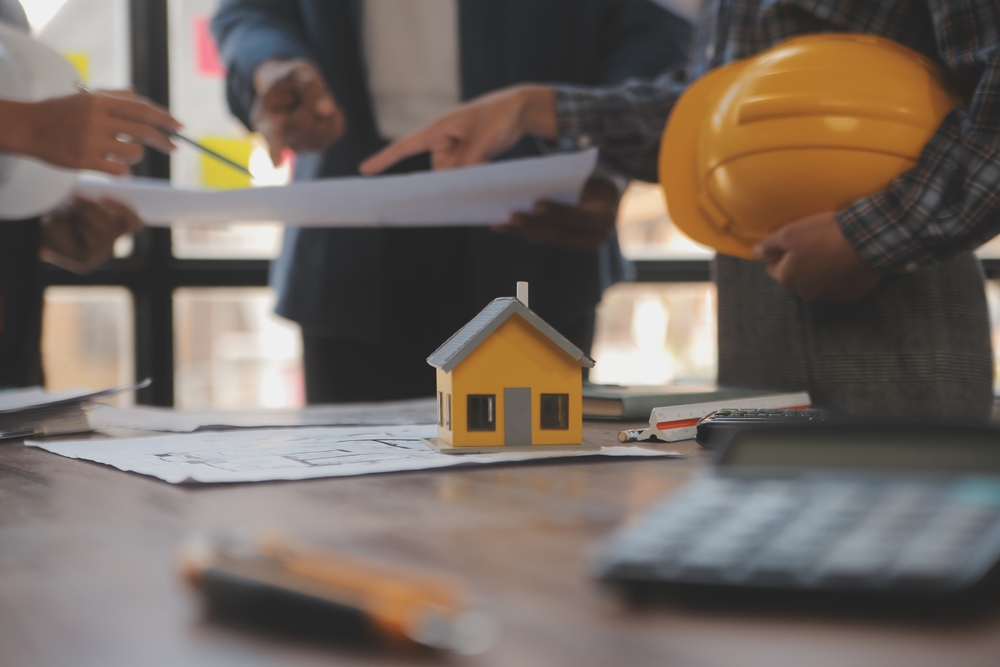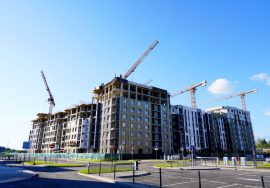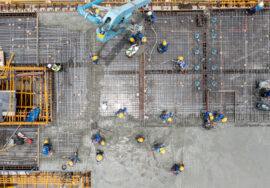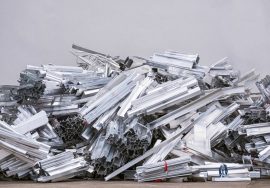The Intersection of Building Technologies and Urban Planning
The Intersection of Building Technologies and Urban Planning

Introduction
The rapid evolution of building technologies is transforming the landscape of urban planning. Cities are growing at an unprecedented rate, and with this growth comes the need for smarter, more efficient, and sustainable infrastructure. The integration of cutting-edge building technologies into urban planning offers a pathway to creating livable, resilient cities. In this blog, we explore how the intersection of building technologies and urban planning is shaping the future of urban environments.
The Role of Building Technologies in Urban Planning
Building technologies refer to innovations that improve the design, construction, and maintenance of buildings. These technologies range from advanced materials and construction techniques to smart systems that manage energy use, security, and building performance. Urban planning, on the other hand, involves designing and organizing city spaces to accommodate the needs of residents and businesses while ensuring sustainability and efficiency.
By integrating advanced building technologies into urban planning, cities can address challenges such as resource management, energy efficiency, and population density. Modern building technologies enable planners to create cities that are not only functional but also environmentally responsible.
Key Building Technologies Impacting Urban Planning
- Smart Buildings
Smart buildings are at the forefront of modern construction. These buildings are equipped with sensors and systems that monitor and optimize energy usage, lighting, heating, and cooling. In the context of urban planning, smart buildings help cities reduce energy consumption, lower carbon footprints, and provide healthier living spaces for residents. - Sustainable Materials
The use of sustainable construction materials, such as recycled steel, bamboo, and energy-efficient insulation, is gaining momentum in urban planning. These materials help reduce the environmental impact of new developments and promote the long-term sustainability of urban infrastructure. - Building Information Modeling (BIM)
BIM is a digital tool that allows architects, engineers, and urban planners to create detailed 3D models of buildings and urban environments. By using BIM, urban planners can simulate the impact of new developments on existing infrastructure, optimize the layout of neighborhoods, and ensure that cities grow in a planned and organized manner. - Green Roofing and Vertical Gardens
Green roofs and vertical gardens are becoming popular in urban environments as cities seek ways to incorporate nature into densely populated areas. These technologies not only enhance the aesthetic appeal of buildings but also provide environmental benefits such as improved air quality, reduced heat islands, and better stormwater management.

Urban Planning for Smart Cities
The concept of smart cities revolves around the integration of technology into urban infrastructure to improve the quality of life for residents. Building technologies play a critical role in making smart cities a reality. By using data from smart buildings, city planners can optimize traffic flow, improve energy distribution, and enhance public safety.
1. Energy Efficiency
Energy consumption is one of the biggest challenges in urban planning. Advanced building technologies such as energy-efficient lighting, HVAC systems, and renewable energy sources help reduce the overall energy demand in cities. Smart grids can then distribute energy more efficiently, ensuring that resources are used optimally.
2. Transportation and Mobility
The integration of technology in urban transportation systems, such as electric vehicles, autonomous cars, and intelligent traffic management, plays a crucial role in modern urban planning. These advancements reduce congestion, lower emissions, and improve the overall flow of people and goods in urban environments.
3. Climate Resilience
Climate change is placing increased pressure on cities to adapt to extreme weather events. Building technologies that enhance the resilience of structures, such as flood-resistant materials and adaptive design strategies, help cities mitigate the effects of climate change. Urban planners can use data from environmental sensors to design infrastructure that withstands natural disasters and protects vulnerable communities.
Challenges at the Intersection of Building Technologies and Urban Planning
While the integration of building technologies into urban planning offers numerous benefits, there are also challenges that must be addressed. Some of these include:
- Cost Barriers: Advanced building technologies can be expensive to implement, and not all cities have the budget to invest in smart infrastructure.
- Regulatory Issues: Urban planners and construction companies often face regulatory hurdles when introducing new technologies, as existing building codes and zoning laws may not accommodate modern innovations.
- Data Privacy Concerns: As smart buildings collect data on their occupants, ensuring the privacy and security of this information is paramount. Urban planners must balance technological advancements with data protection.
Conclusion
The intersection of building technologies and urban planning is crucial for shaping the cities of the future. By adopting smart buildings, sustainable materials, and advanced modeling tools, urban planners can create efficient, resilient, and sustainable cities. As technology continues to evolve, its integration into urban infrastructure will play a key role in addressing the challenges of population growth, climate change, and resource management. The future of urban planning lies in leveraging the power of building technologies to create cities that are smarter, greener, and more livable.
Learn more about sustainable construction practices by contacting us.
External Links:
- Read about smart city innovations at SmartCitiesWorld.
- Explore the impact of technology on urban environments at World Economic Forum.
Read more related articles to enhance your knowledge and make informed decisions
10 Essential Steps in the Building Construction Process
How to Choose the Right Materials for Your Construction Project






